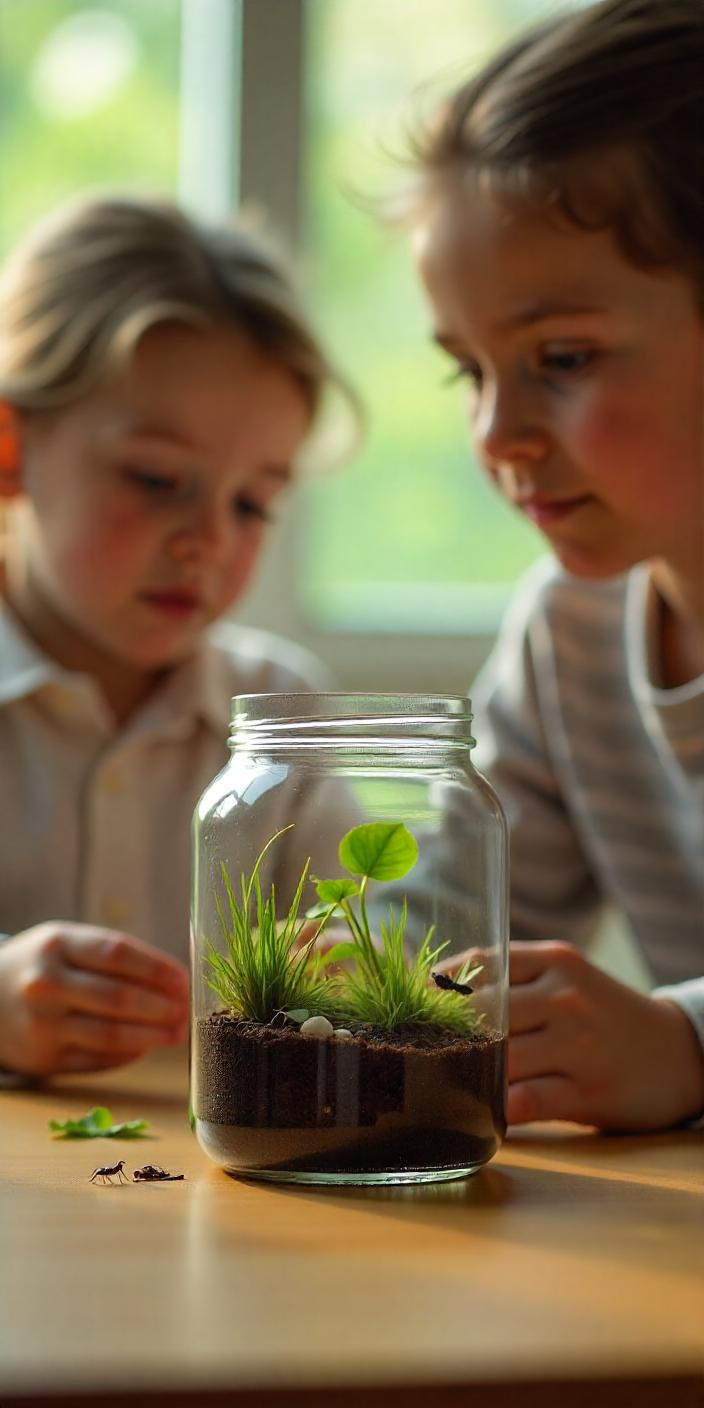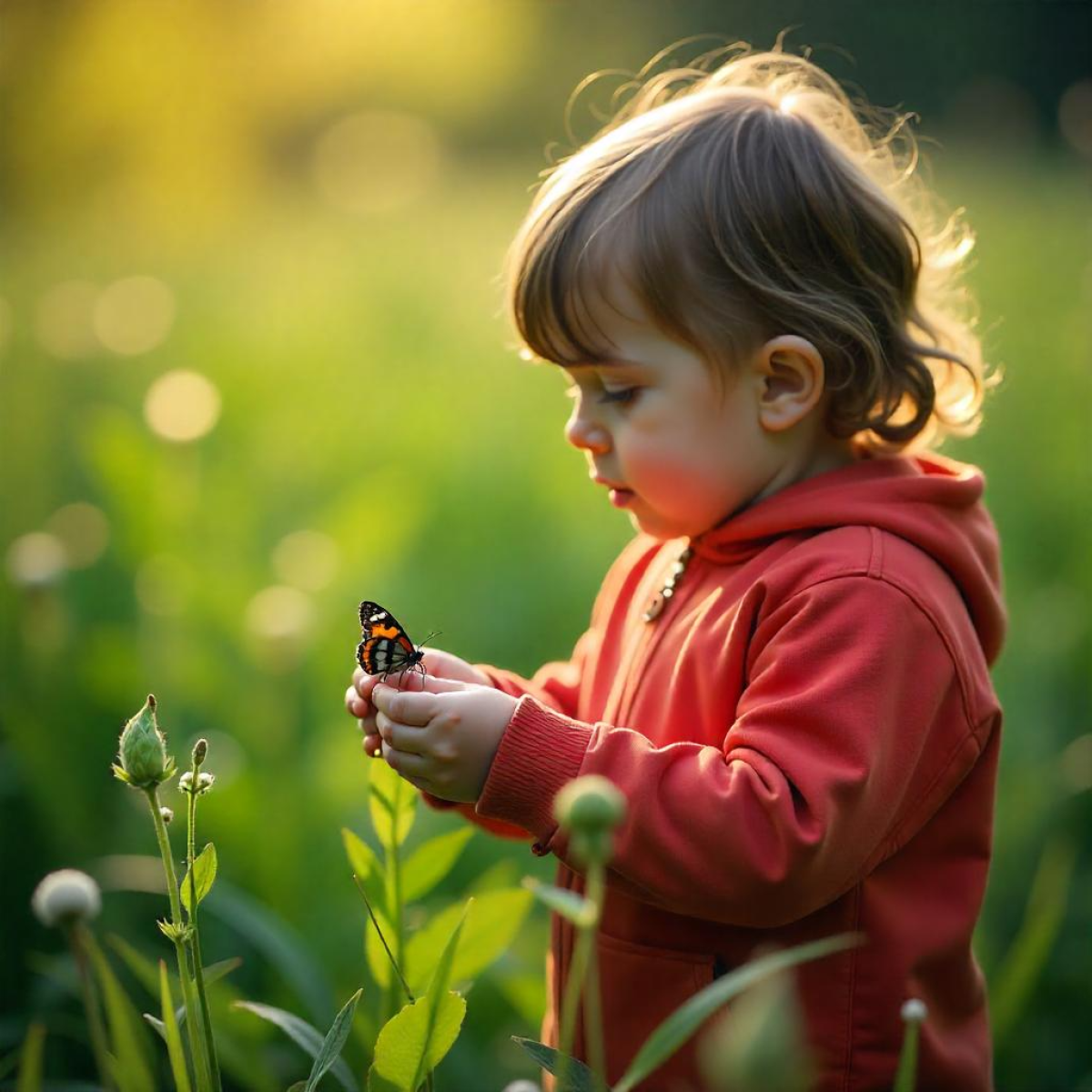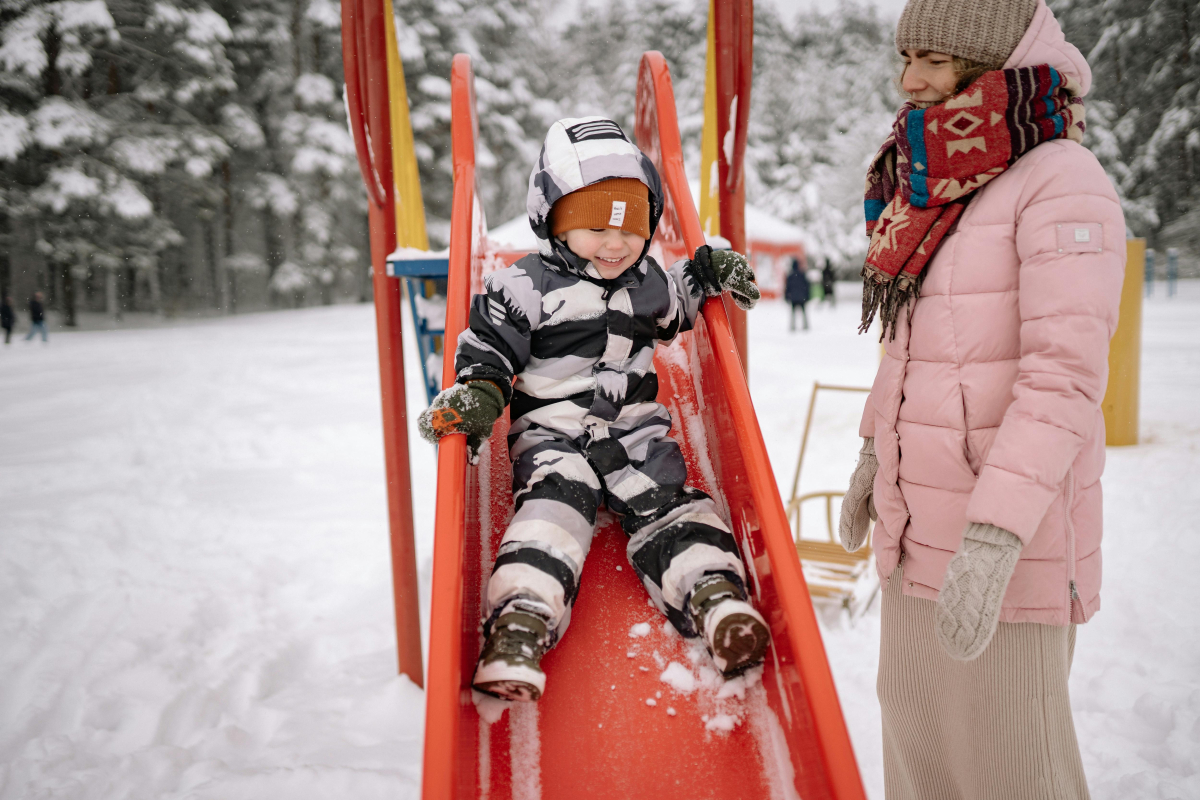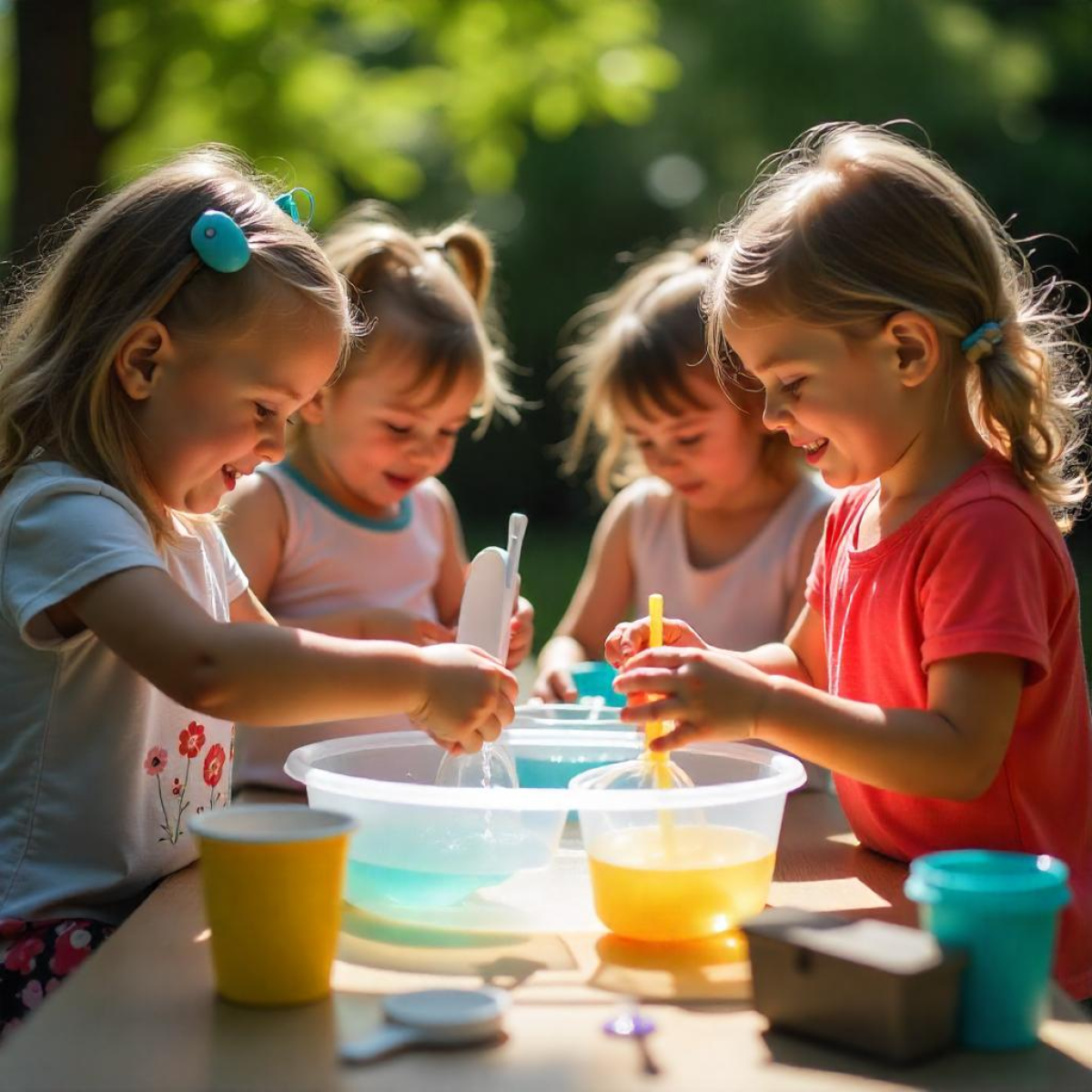Spring is the perfect time to introduce young children to the wonders of nature. As flowers bloom, birds return, and everything comes to life, educators have a unique opportunity to teach about ecosystems, biodiversity, and the beautiful balance of nature.
But how do we turn these complex ideas into something engaging and understandable for little learners?
What is biodiversity?
In child-friendly terms, biodiversity is the variety of living things – plants, animals, insects, and all creatures that live together in harmony. Each one plays a role in nature, and together they create a balanced ecosystem.
How to use spring to explore biodiversity?
Here are some fun, educational, and nature-based activities for preschoolers and young children:
- Bug and butterfly exploration
Take a nature walk or simply explore the garden. Give children small magnifiers and ask them to find ants, butterflies, bees, or ladybugs.
Ask questions like: “What is this insect doing?” or “Why is it important?”
With the Kidsday app, educators can document this activity under the “Outdoor Time” section and upload photos, giving parents beautiful memories and insights into their child's learning.
- Build a mini-ecosystem in a jar
Fill a clear jar with soil, leaves, some grass, and maybe a small rock. Add a little insect (like an ant) and close the jar with a lid that has small air holes.
Children will see how living things interact with their environment.

Use Kidsday to track and share the process with families, making learning more meaningful and visible.
- Storytime about animals and plants
Read stories about bees helping flowers or bears spreading seeds while foraging. Use puppets or symbolic play to bring the stories to life.
This helps children understand the connections between living things in an enjoyable way.
- Nature-inspired art
Let kids collect leaves, twigs, and fallen flowers to create ecosystem-themed art: the sun, bees, flowers, and water – all part of nature's cycle.
A mix of art and nature helps reinforce key lessons.
- Forest as a home
Create a large classroom poster of a forest scene and have children add animals and plants. Then ask: “What would happen if we took one of them away?”
This encourages critical thinking about how every species is essential to the balance of nature.
How Kidsday supports learning about nature
The Kidsday app includes a dedicated section for reporting outdoor activities, where educators can:
- Describe nature-based learning experiences
- Share photos of children exploring biodiversity
- Create a digital "eco-diary" that parents can follow and cherish
These moments not only build stronger family connections but also showcase the educational value of nature play and exploration. Plus, photos stay in the memory section for families to revisit anytime!








